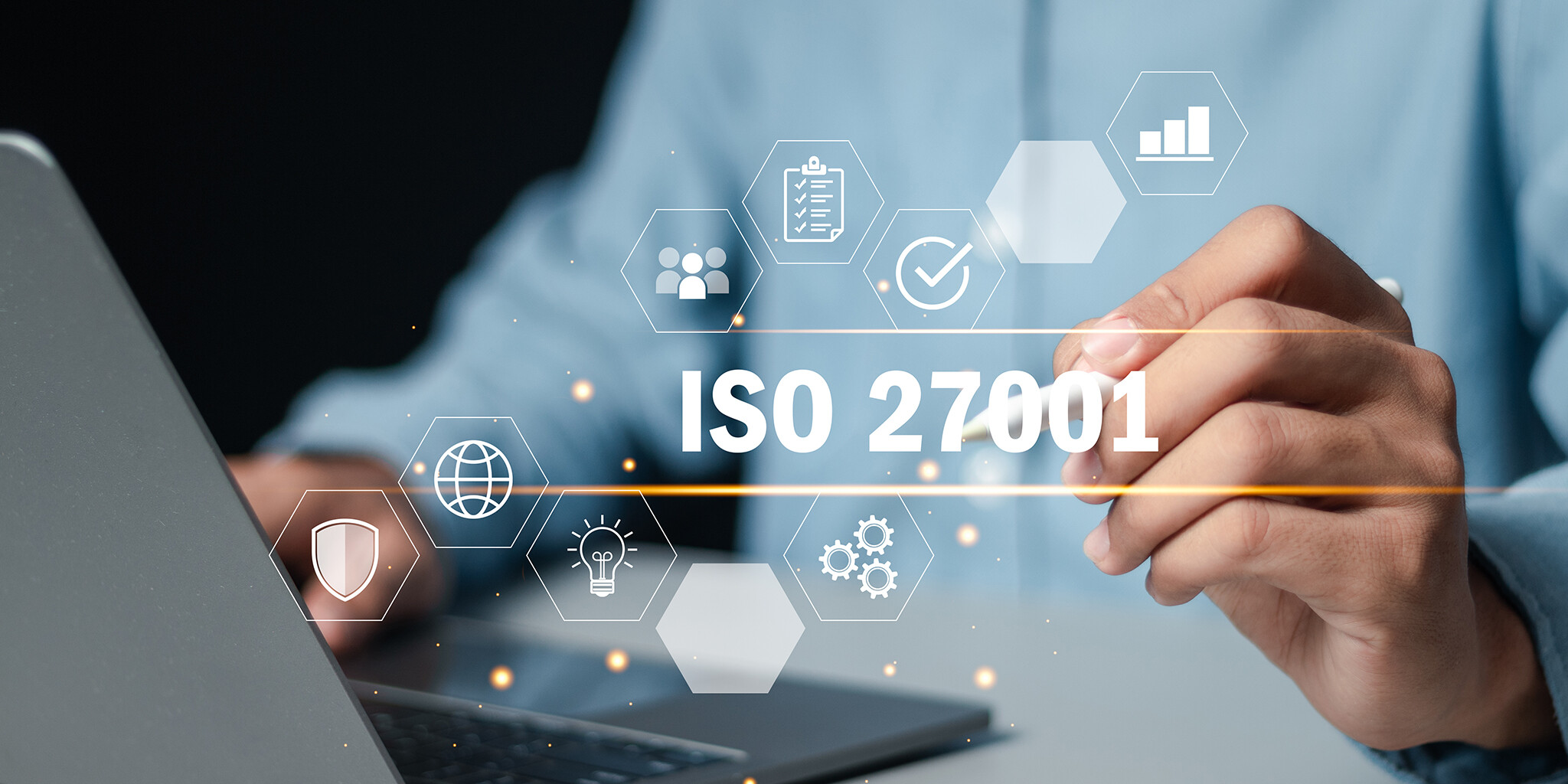Introduction
In today’s digital landscape, safeguarding sensitive information is more crucial than ever. Whether you are a small business or a large enterprise, the need to protect data is universal. This is where ISO 27001 comes into play. But what exactly is ISO 27001, and why should you care? This guide will help beginners navigate the essentials, making it easier to understand and implement in any organisation.
What is ISO 27001?
ISO 27001 is an international standard for information security management systems (ISMS). Developed by the International Organisation for Standardisation (ISO) and the International Electrotechnical Commission (IEC), this standard provides a framework for managing and protecting sensitive information. It’s not just about IT security; it covers all aspects of information security, including people, processes, and technology.
Why is ISO 27001 Important?
Implementing ISO 27001 offers a multitude of benefits for businesses of all sizes:
– Competitive Advantage: Certification sets you apart from competitors and opens doors to new opportunities.
– Enhanced Security: It helps identify and address vulnerabilities, reducing the risk of data breaches and cyber attacks.
– Improved Reputation: Demonstrating compliance builds trust with customers, partners, and stakeholders.
– Regulatory Compliance: It can help meet legal and regulatory requirements related to data protection.
– Operational Efficiency: Streamlining processes and procedures leads to greater efficiency.
The Core Components
ISO 27001 revolves around three main components:
- ISMS Scope: This defines the boundaries and applicability of the ISMS within your organisation. It involves identifying the information assets that need protection and the risks associated with them.
- Risk Assessment: This process helps identify potential threats and vulnerabilities. It involves evaluating the likelihood of these risks and their potential impact on your organisation.
- Control Objectives and Controls: ISO 27001 provides a set of controls that organisations can implement to mitigate identified risks. These controls cover a wide range of areas, including access control, cryptography, physical security, and incident management.
- Continual Improvement: The standard emphasises the need for ongoing monitoring, review, and improvement of your ISMS.
Steps to Implement
Implementing ISO 27001 can seem daunting at first, but breaking it down into manageable steps can simplify the process.
- Secure Management Support: Before anything else, ensure you have the backing of top management. Their support is crucial for the successful implementation of ISO 27001.
- Define the ISMS Scope: Determine which parts of your organisation will be covered by the ISMS. This scope should align with your business objectives and risk profile.
- Conduct a Risk Assessment: Identify potential risks to your information assets. Evaluate these risks based on their likelihood and impact. This step helps in prioritising which controls to implement.
- Develop Policies and Procedures: Based on your risk assessment, create policies and procedures that address identified risks. These should be tailored to your organisation’s specific needs.
- Implement Controls: Put the necessary controls in place to mitigate identified risks. These controls should align with the objectives outlined in ISO 27001.
- Conduct Training: Ensure that all employees are aware of and understand the new policies and procedures. Regular training helps maintain a high level of security awareness.
- Monitor and Review: Continuously monitor the effectiveness of your ISMS. Regular reviews and audits are essential to ensure ongoing compliance and improvement.
- Seek Certification: Once your ISMS is fully implemented, you can seek certification. This involves an external audit by a certified body, which will assess whether your ISMS meets the requirements of ISO 27001.
Benefits of ISO 27001 Certification
Achieving ISO 27001 certification offers several benefits. It provides a competitive edge by demonstrating your commitment to information security. It can also help you meet regulatory requirements, avoid financial penalties, and build trust with stakeholders. Moreover, it enhances your organisation’s resilience to cyber threats and improves your overall security posture.
Conclusion
Understanding and implementing ISO 27001 is a vital step for any organisation serious about information security. By following the roadmap outlined above, you can navigate the complexities and reap the benefits of certification. Remember, the journey to ISO 27001 compliance is ongoing; continuous improvement is key to maintaining a strong security framework.
So, take the first step today and embark on your ISO 27001 journey. Your information assets will thank you! Contact our team of ISO Professionals at Vertex Cyber Security Today!
For further cyber security reading click here.



